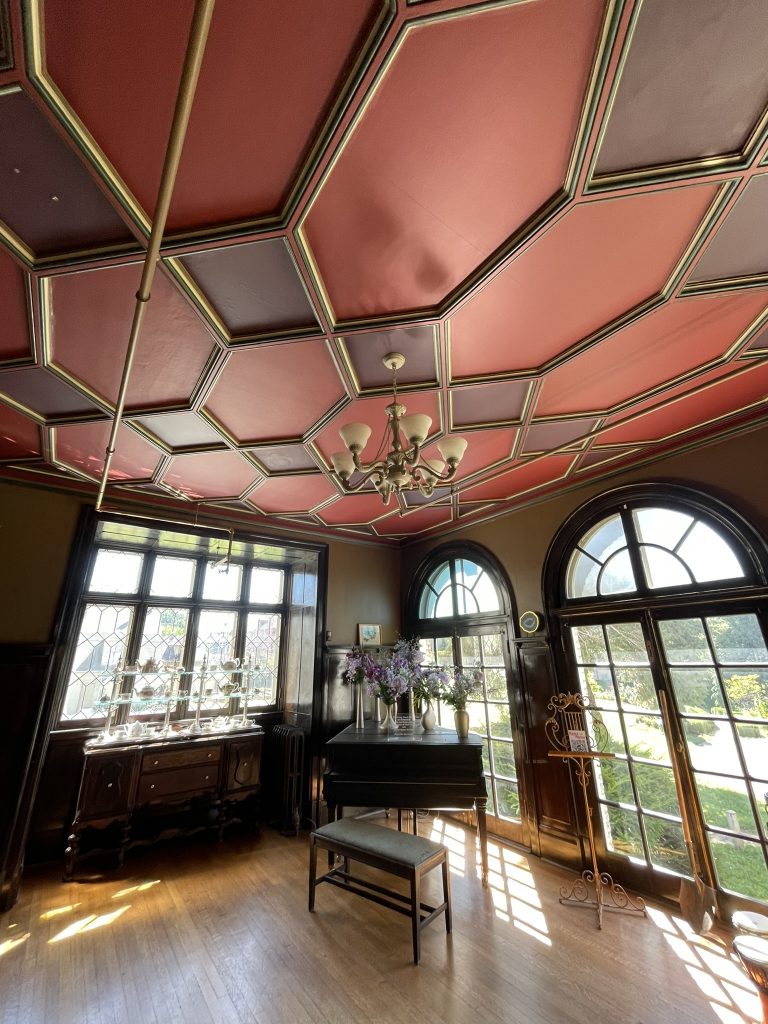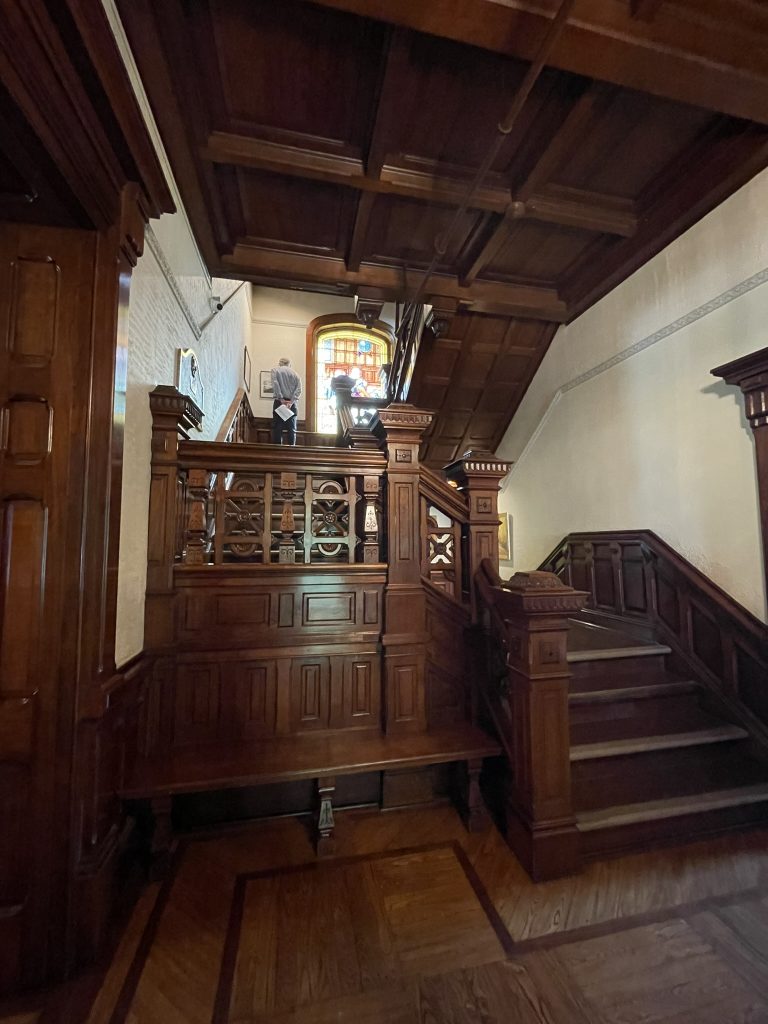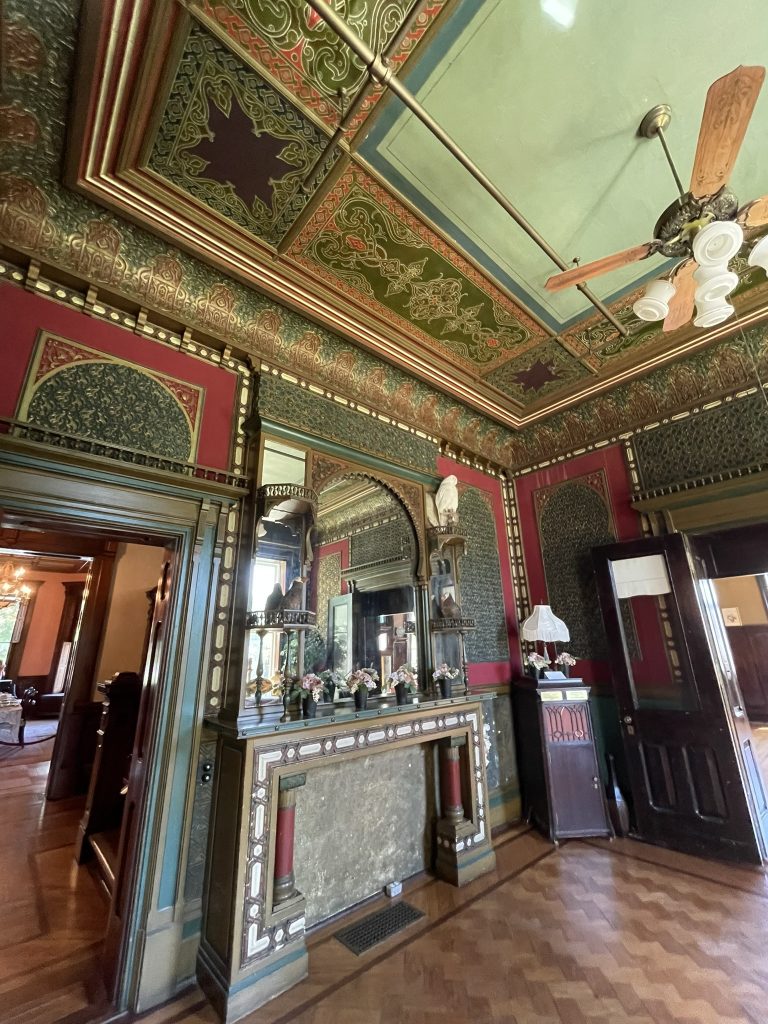St. Joseph, Missouri, didn’t have the most exciting museums in the world, but that didn’t stop us from visiting!
The cover photo is from a statue in St. Joseph, The Pony Express Riders by Hermon MacNeil, 1940.
Walter Cronkite Memorial
The Walter Cronkite Memorial is a tribute to St. Joseph’s “native son”, who was born here in 1916. He came to St. Joseph frequently to visit his grandfather, but lived his first ten years in Kansas City (the one in Missouri), before the family moved to Texas.
Cronkite is most famous for serving as the anchorman for the CBS Evening news for 19 years, from 1962-1981, though that stint didn’t come until after 25 years of reporting. He was named in an opinion poll as “the most trusted man in America.” Over his career he earned numerous awards and commendations, including Peabodys, Emmys, and the Presidential Medal of Freedom in 1981.
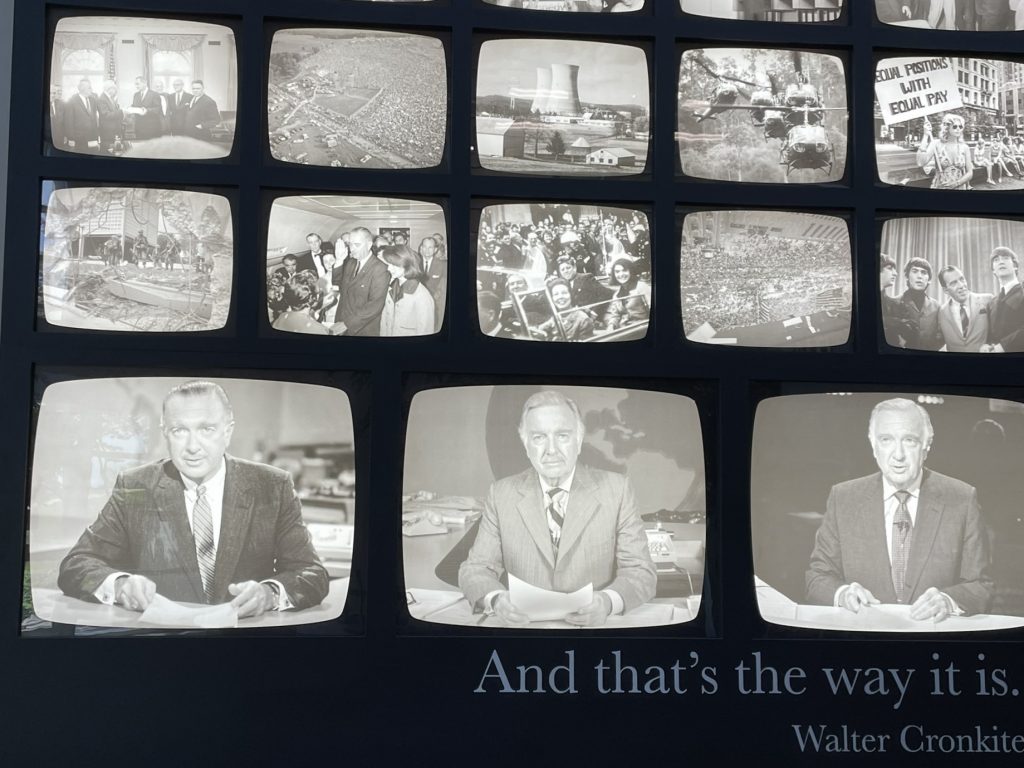
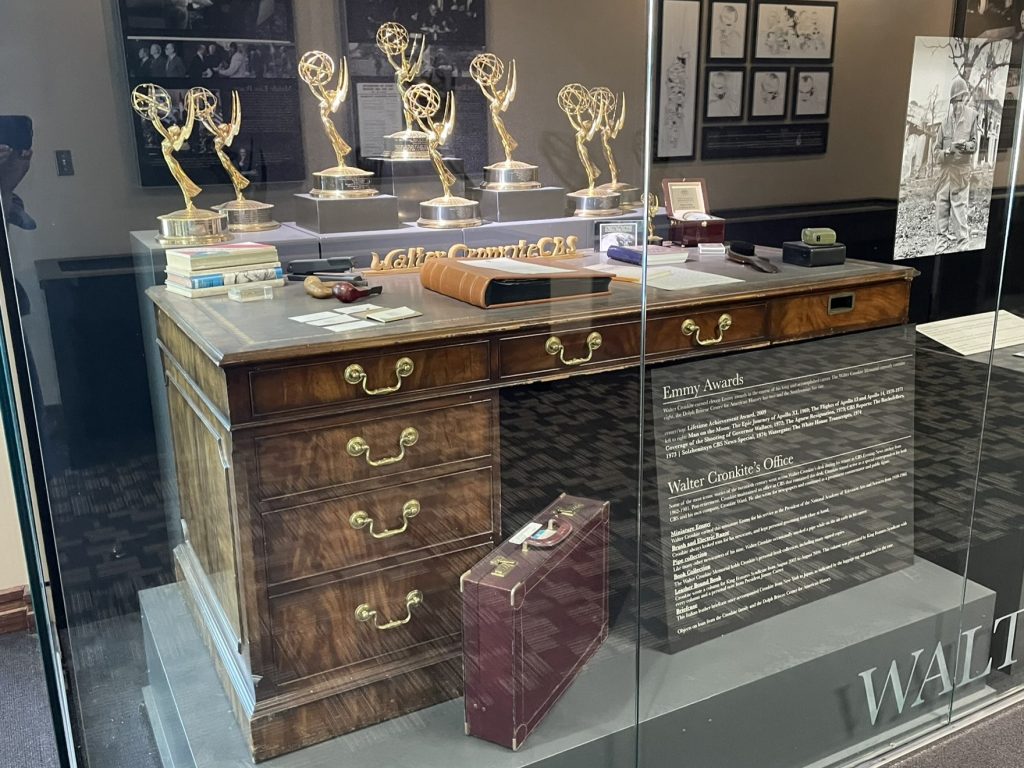
Cronkite reported on many major news events over his storied career, including World War II, the Nuremberg trials, Watergate, the Iran Hostage Crisis, the moon landing, and the assassinations of President John F. Kennedy, Martin Luther King Jr., and John Lennon. He is known for his departing catchphrase, “And that’s the way it is,” followed by the date of the broadcast.
There are videos, interactive kiosks, photographs, and a few personal items on display in the memorial, which doesn’t take very long to go through.
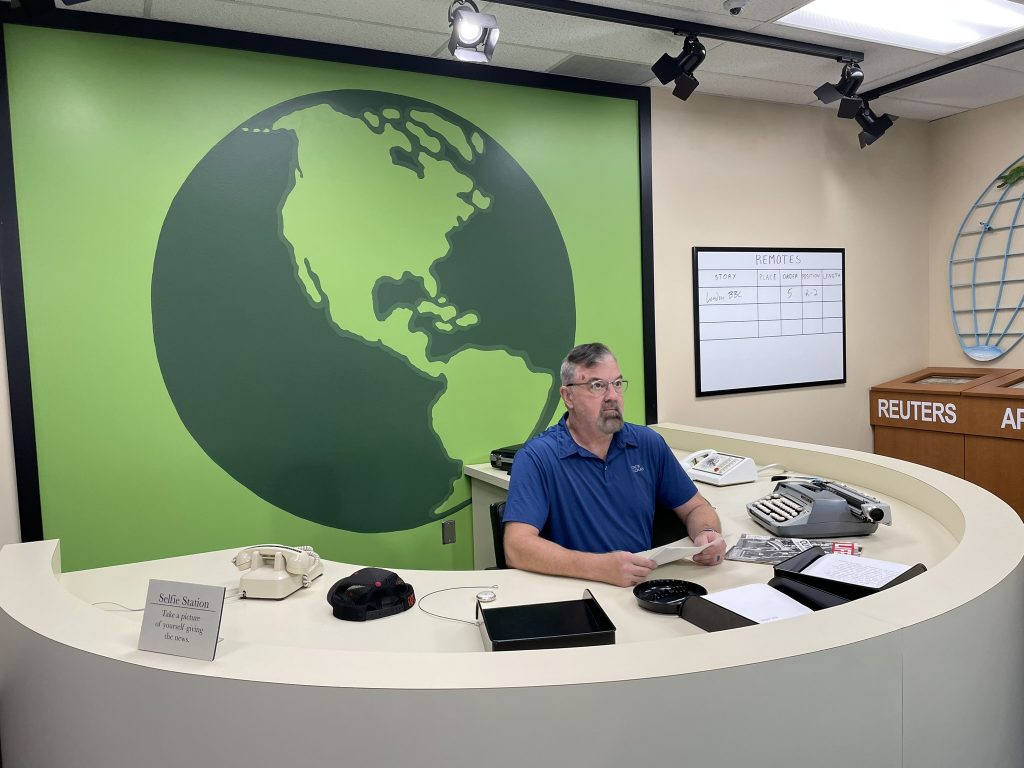
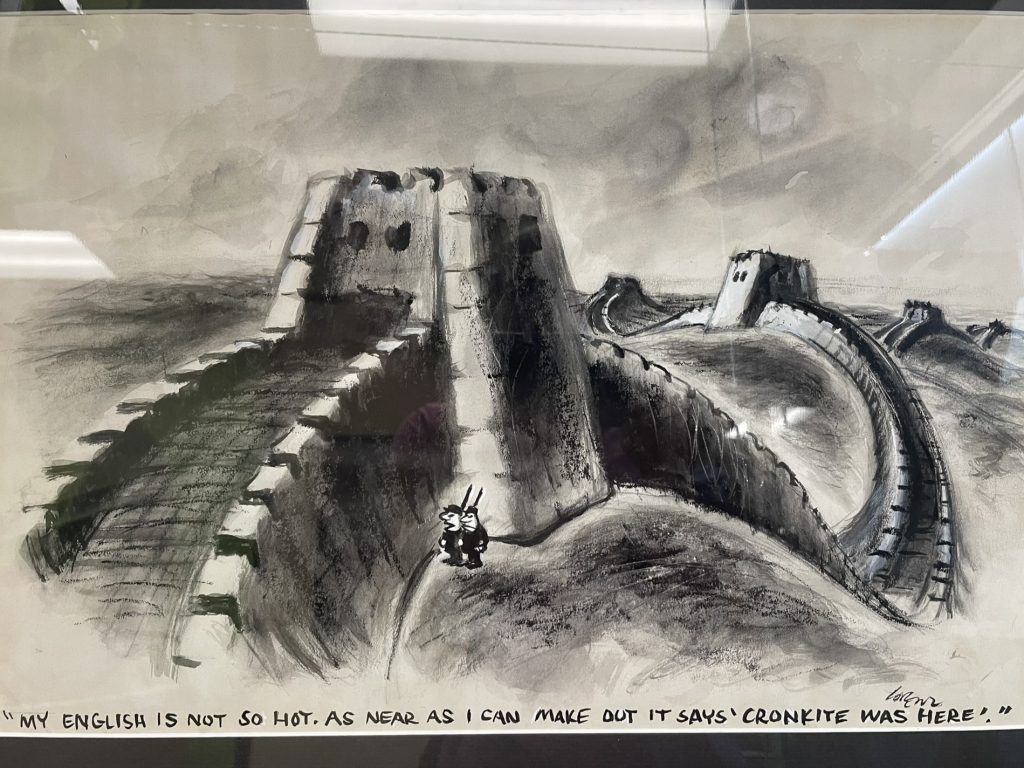
Albrecht-Kemper Museum of Art
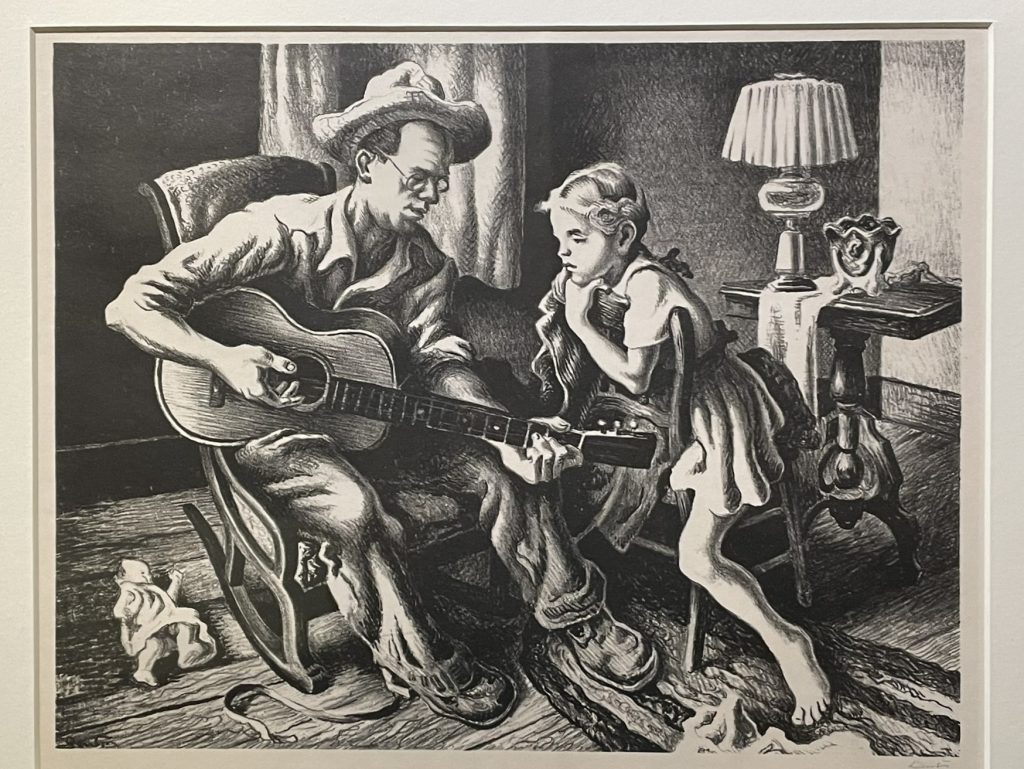
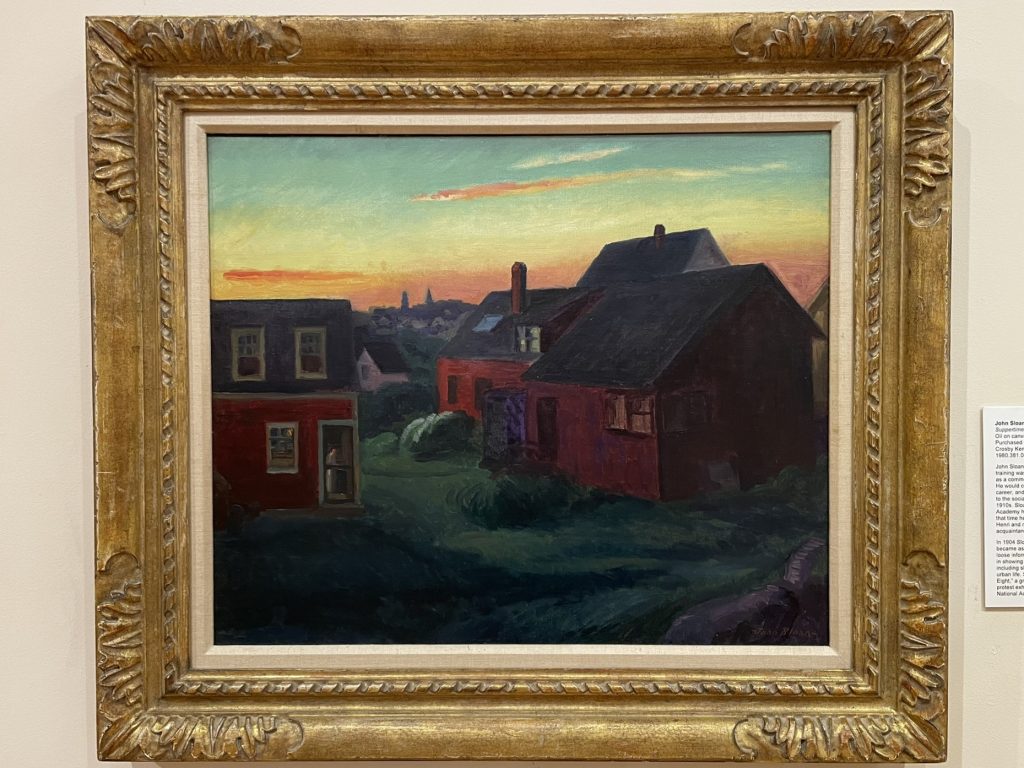
The Albrecht-Kemper Museum of Art in St. Joseph has a collection of 18th-, 19th- and 20th-century American art. It is located in the former home of the Albrecht family, and has just a few rooms of art on display. We saw several pieces to admire, and were pleasantly surprised to find a good number of Thomas Hart Benton pieces on display.
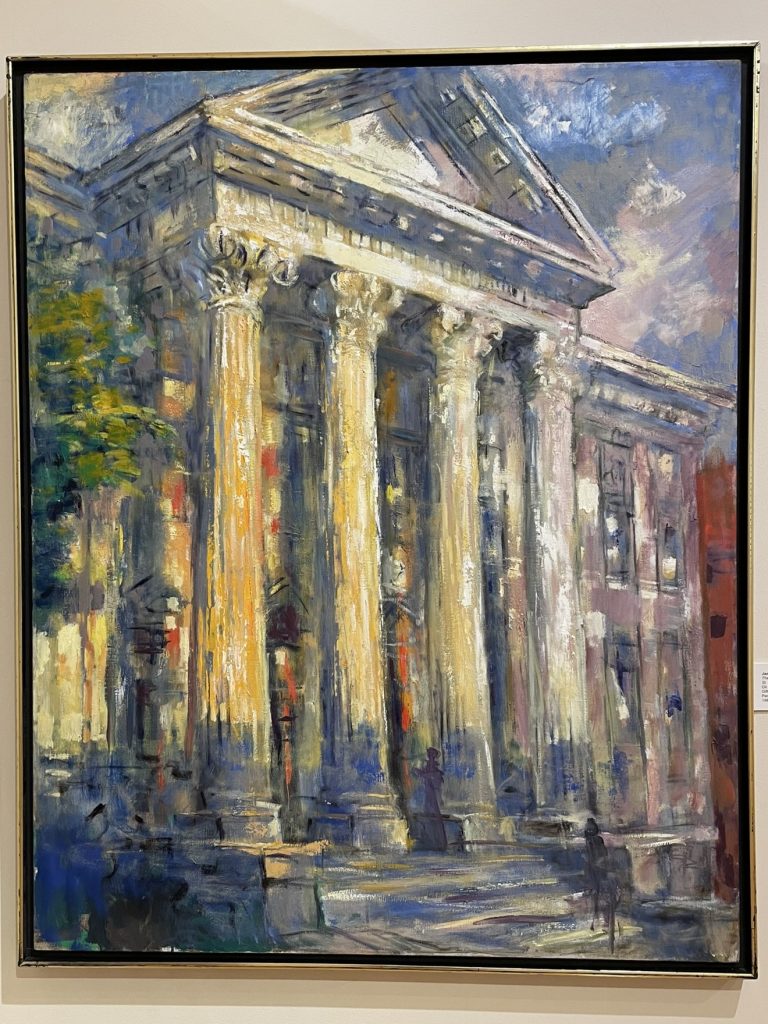
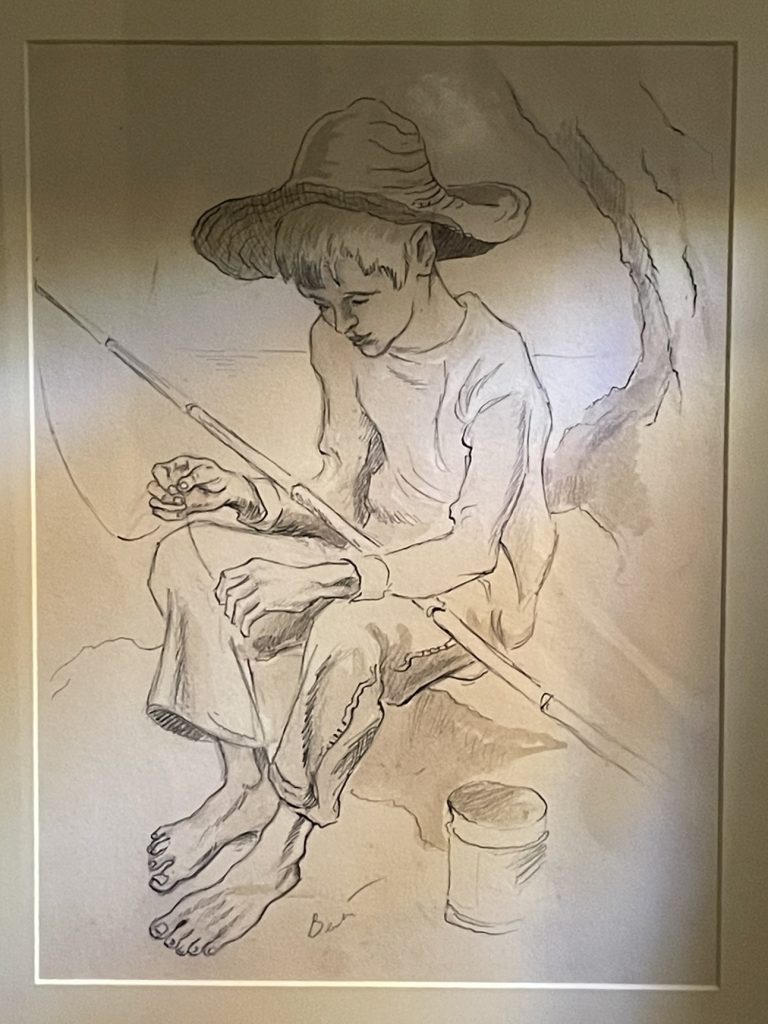
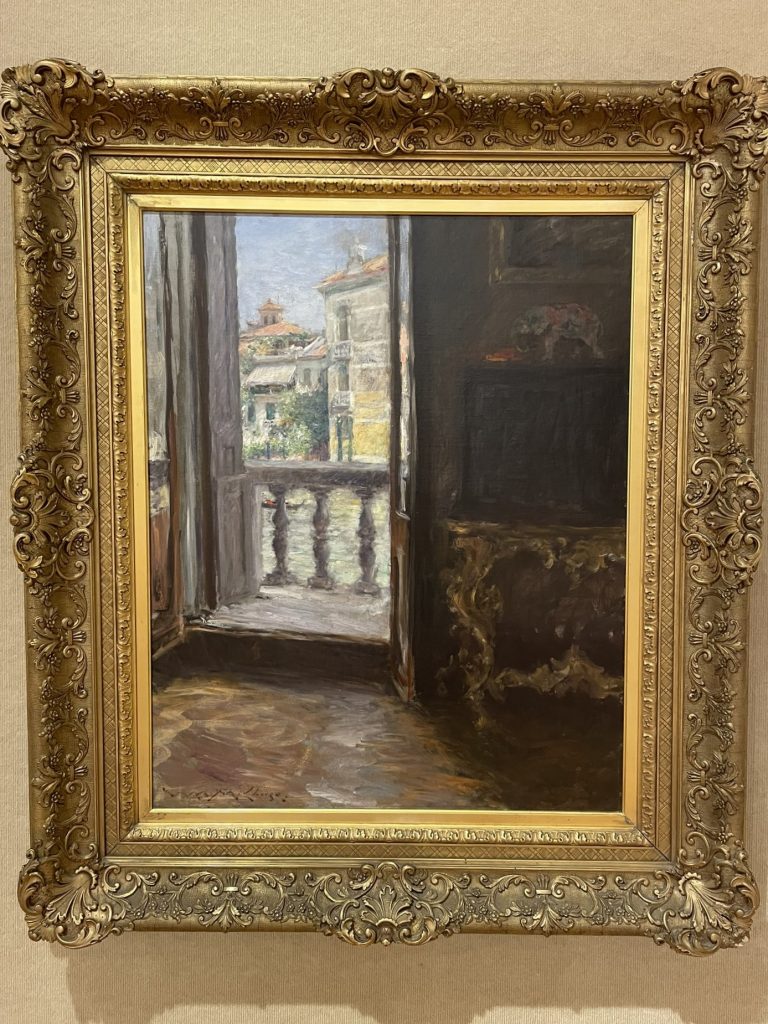
Pony Express Museum
We’d previously stopped at a Pony Express Station in Nebraska, which was kind of underwhelming, to be honest. However, after going through the Pony Express Museum in St. Joseph, it helped put that in context and pull it all together.
The museum is housed in what used to be the stables for the Pony Express (and other businesses) back when it was in operation in its few short years of operation in 1860-1861. The westbound journey of the Pony Express originated in St. Joseph because that was as far west as the railroad went.
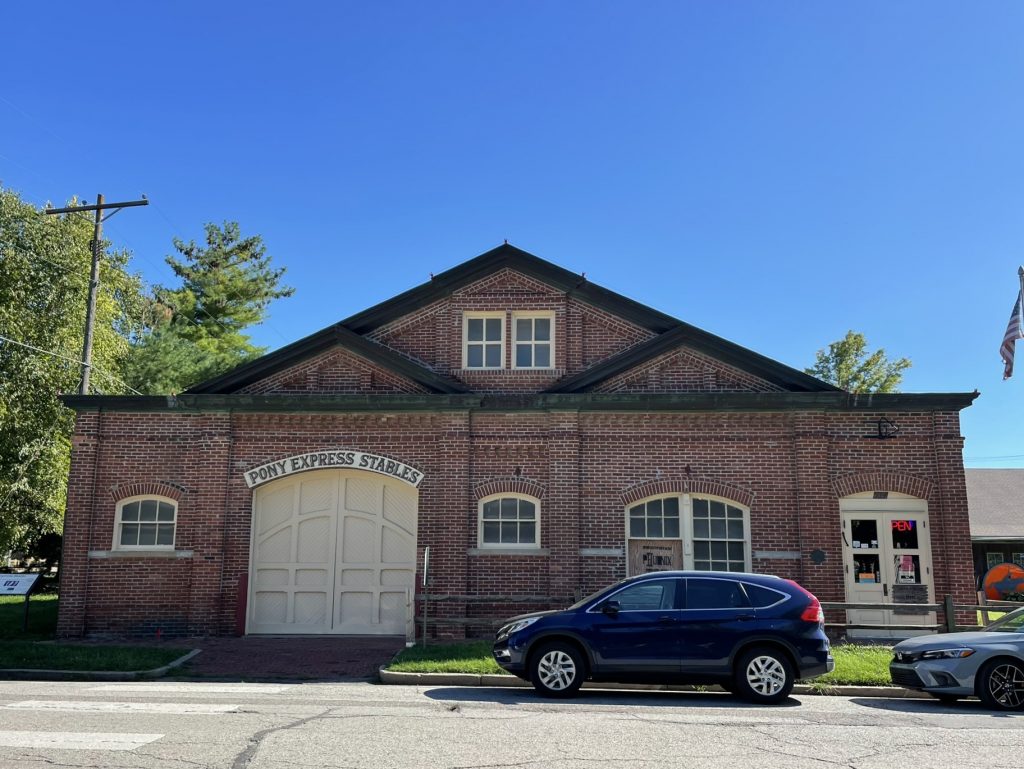
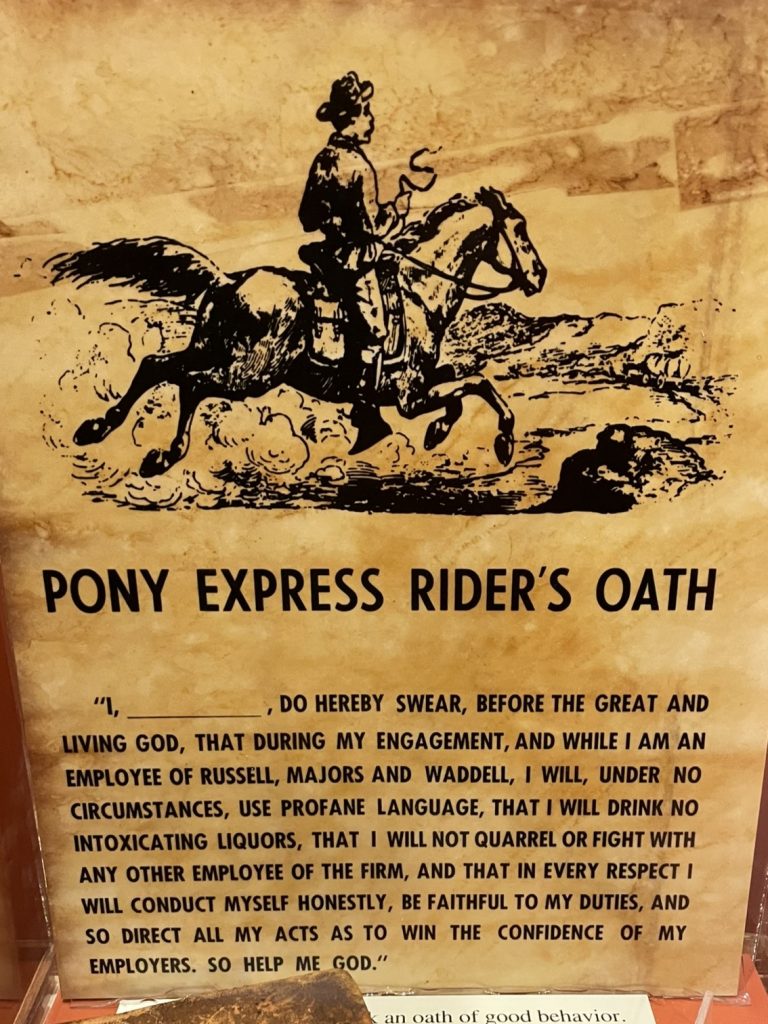
The museum has a film and lots of exhibits on all aspect of Pony Express history. Relay stations were built every 10-15 miles, where riders had two minutes to get a drink, go to the bathroom, and change over to a fresh horse. Riders changed every 75-100 miles. More than 400 horses were purchased for use along the route.
The Pony Express was put out of business when telegraph lines reached the west coast.
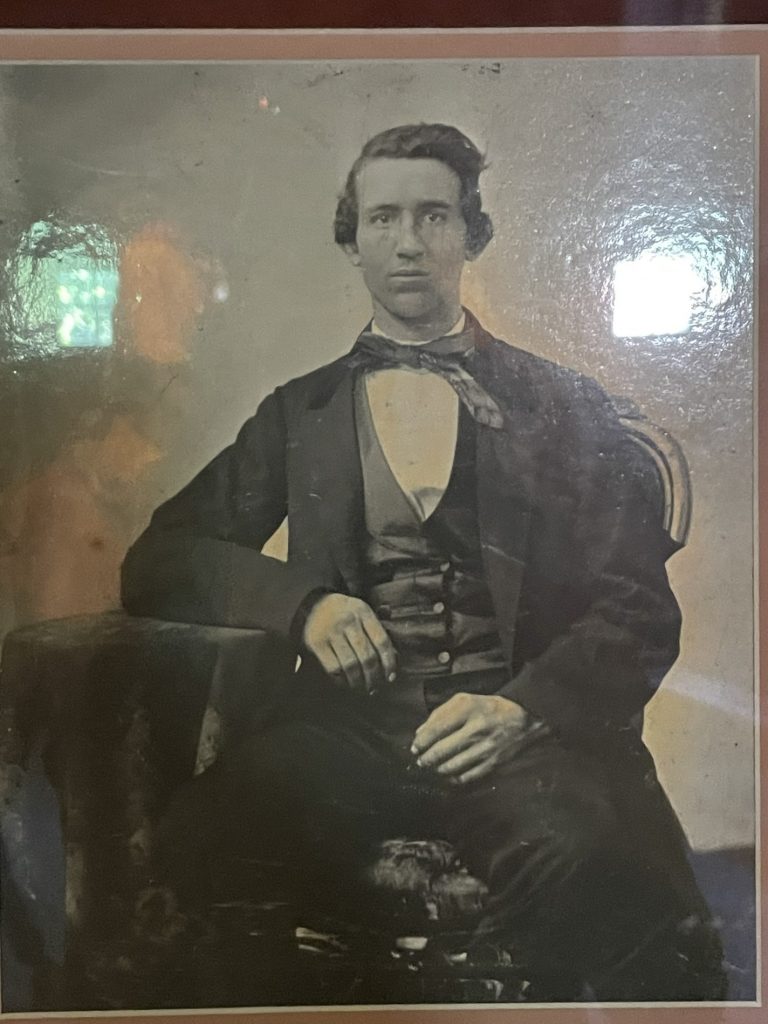
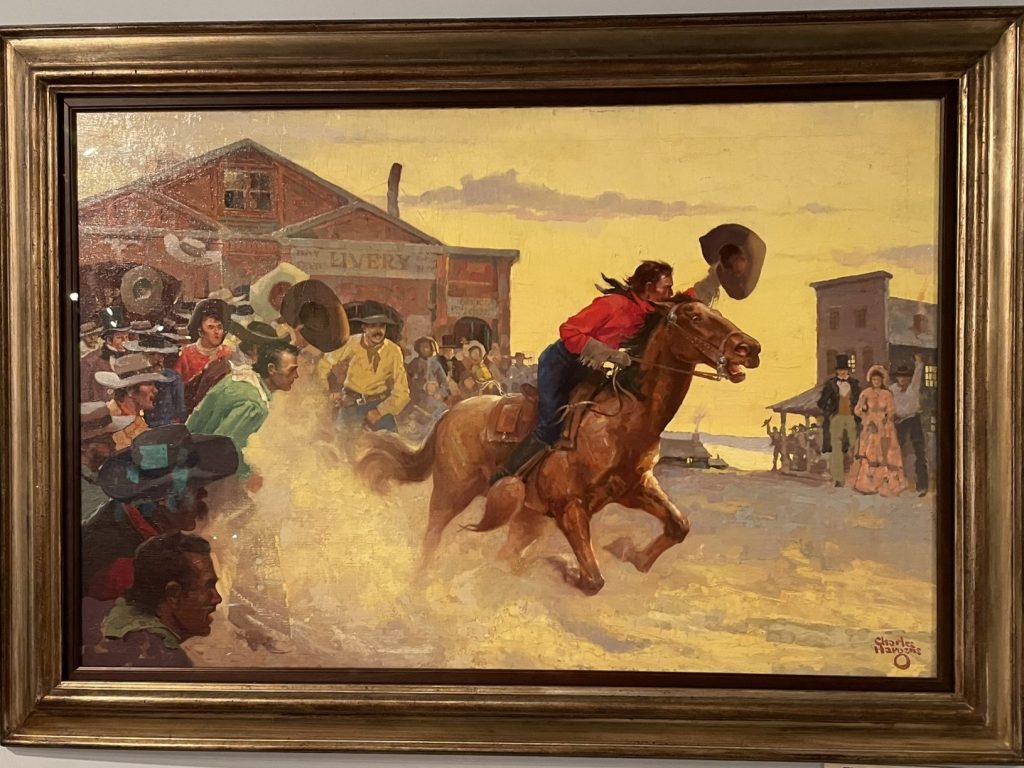
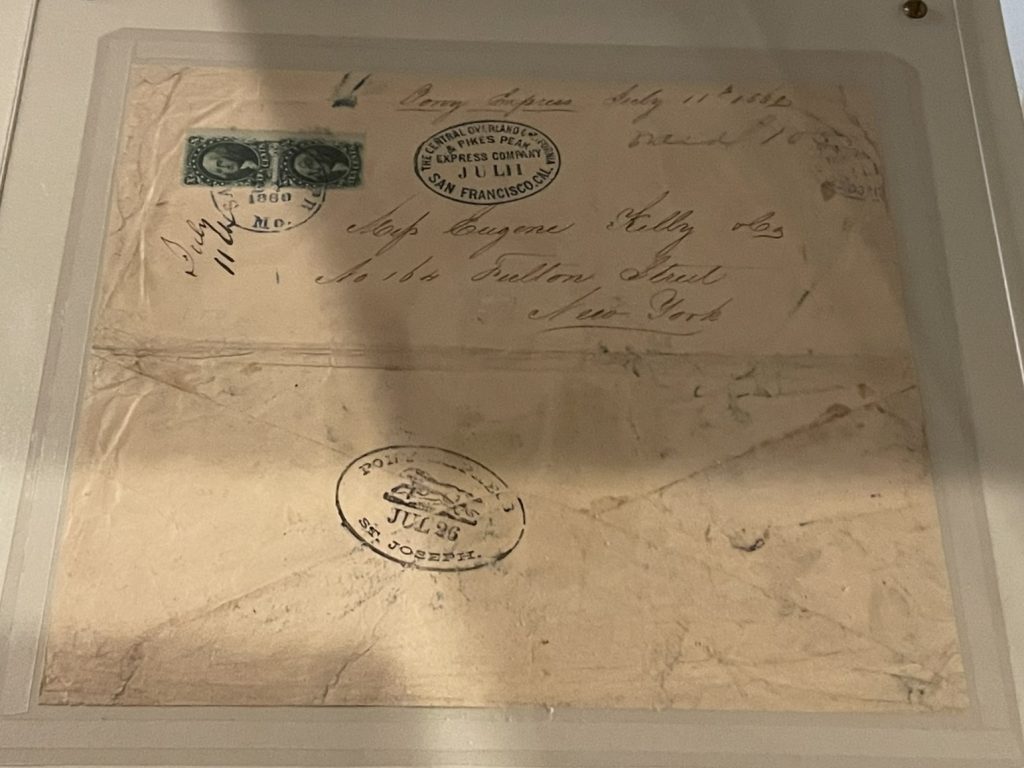
Patee House Museum
I was on the fence about the Patee House Museum because it didn’t sound very interesting but it was very well-rated. Since it was located at the same spot as the Jesse James Death House, we figured we might as well see it.
It’s housed in what was originally the Patee Hotel, a 140 guest room luxury hotel that opened in 1858. It was soon also the home to the headquarters of the Pony Express. In 1882 it had the honor of being site where the investigation into Jesse James’ shooting happened.
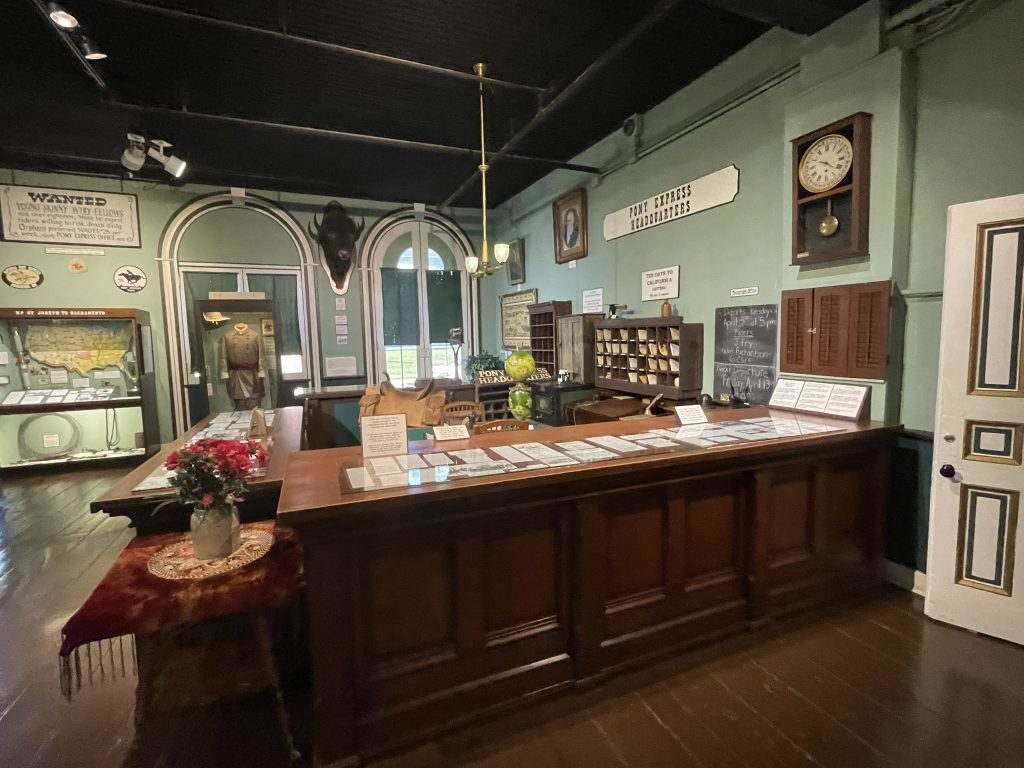
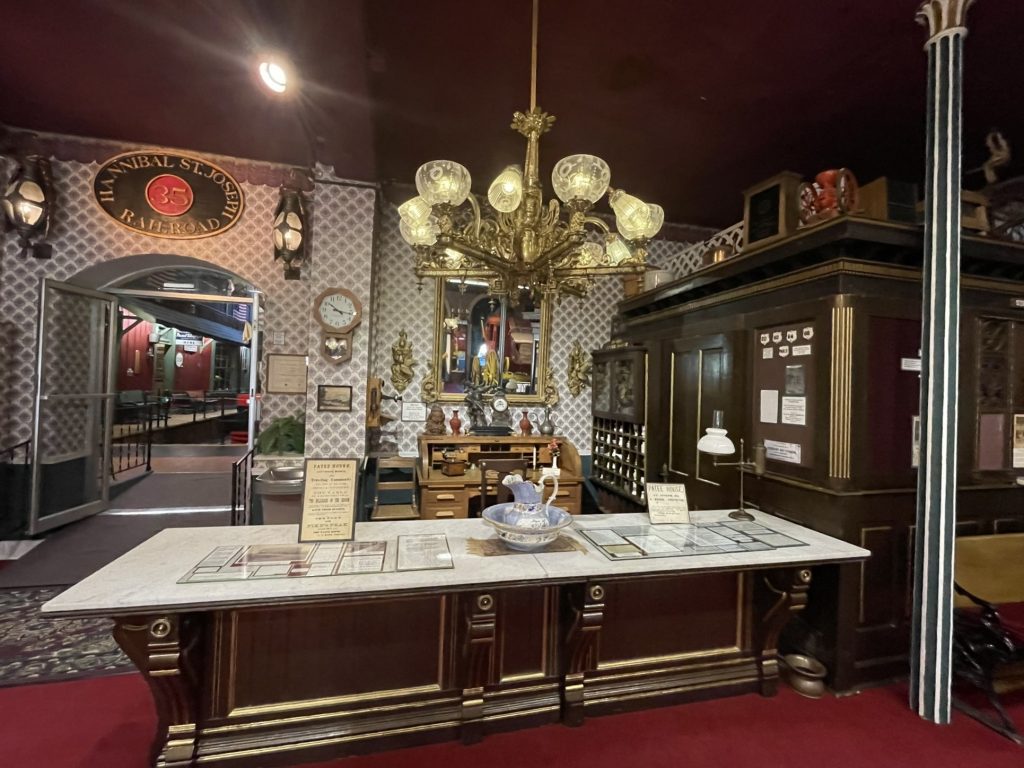
After it ceased being a hotel in 1865, it went on to be a female college, the Patee Hotel again, another female college, a hotel and epileptic sanitarium, and finally 80 years as a light industrial factory under various owners. Given its large size, you can imagine how much stuff was packed into this museum.
It went on and on and on, with displays of rescued “antiques”. If you’ve been to any old-timey village, you’ve seen a lot of this museum: blacksmith shop, general store, 1920s service station, carousel, saloon, etc. It also had lots of transportation-related items, like a big ole’ train, a floor of restored hotel rooms, an art gallery, 2,000 perfume bottles, antique telephones – you get the idea.
Wyeth-Tootle Mansion
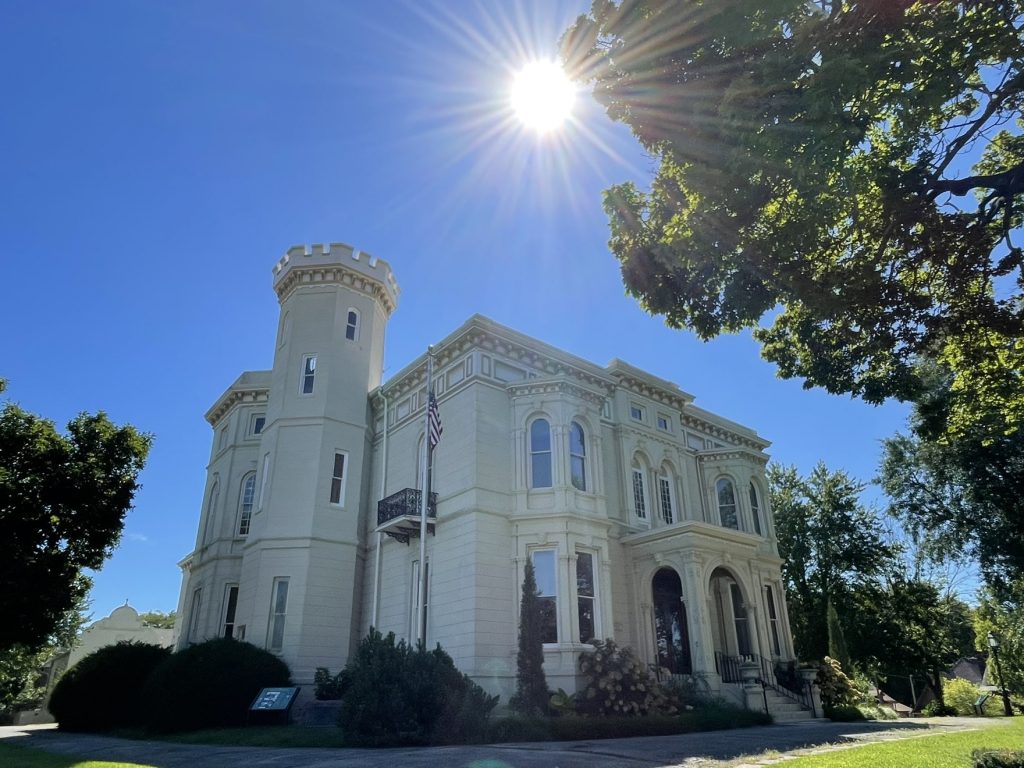
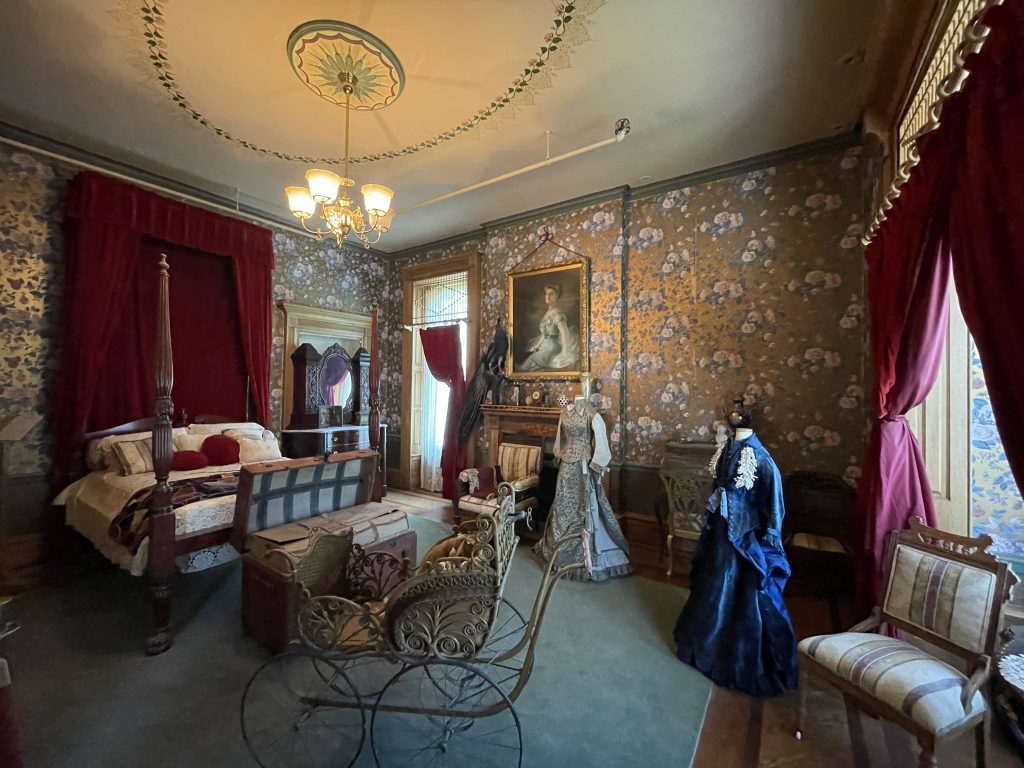
The Wyeth-Tootle Mansion in St. Joseph had a rating just low enough to give me pause, but the pictures looked nice. I should have followed my intuition.
The 43-room Gothic-style mansion was built in 1879 for the Wyeth family, and designed to emulate castles along the Rhine River in Germany. The family lived in the home just a few years before selling it to the Tootle family, who occupied the home for generations and made many alterations and additions over the years. In 1947 it was purchased to be used as the home of the St. Joseph Museums.
The first floor has been partially restored to its Victorian-era grandeur (the work is on-going), but the second and third floors are stuffed with unrelated exhibits plus one restored Victorian bedroom. It’s an odd mix, to be honest, especially the remnants of the natural history museum in random places.
